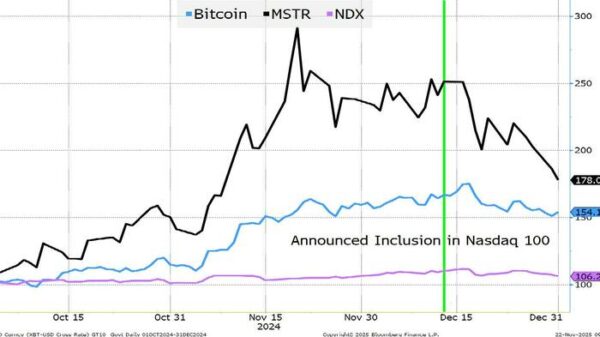On October 7, 2023, Hamas launched a devastating attack on Israel, resulting in the deaths of over 1,200 Israelis and the abduction of 251 hostages. As the second anniversary of this tragedy approaches, it raises critical questions regarding Israel’s defense strategy and whether the nation can escape the ongoing challenges in Gaza. This article explores the evolution of Israel’s national security policy and its implications in the wake of the surprise attack.
Israel’s defense strategy has historically been shaped by its geopolitical environment. The nation lacks a formalized defense strategy akin to the United States’ Quadrennial Defense Review. Instead, Israeli strategy arises from a combination of leaders’ statements and military actions. The foundation of Israel’s approach was laid during its early years, influenced by the experiences of leaders who survived World War II and the 1948 War of Independence. These leaders operated under the assumption that Israel faced existential threats from hostile neighboring states.
To counter these threats, Israel pursued a proactive defense strategy, emphasizing active deterrence and preemptive military action. This strategy was evident in the 1956 and 1967 wars, where Israel successfully neutralized immediate threats. Over the subsequent decades, the geopolitical landscape evolved. The peace agreements with Egypt and Jordan altered perceptions of existential threats, leading to a more ambitious defense posture.
Despite these changes, the situation in Gaza remained complex. Following its withdrawal in 2005, Israel imposed a tight blockade on Gaza, which intensified after Hamas took control in 2007. Israel’s strategy involved a careful balance of military restraint and limited operations aimed at preventing Hamas from gaining military capabilities while allowing it to govern. This approach, termed “Operations Between Wars”, focused on preventing Hamas from launching major attacks while avoiding full-scale military confrontations.
Israel’s strategy began to unravel on October 7, 2023. The attack was a shocking reality check for Israeli leadership, revealing that Israel’s focus on conflict management had created a dangerous complacency. The intelligence community failed to recognize Hamas’s significant military buildup, which allowed it to achieve unprecedented success against the Israel Defense Forces (IDF) on that fateful day.
The immediate aftermath saw Israel launching extensive military operations aimed at dismantling Hamas’s military infrastructure and governance. The objectives shifted to two primary aims: eliminating Hamas’s military capabilities and retaking control over the Gaza Strip. A significant ground invasion began, focusing on northern Gaza before shifting to the south.
Israel’s operational decisions during the war have drawn scrutiny. The strategy emphasized minimizing Israeli casualties, leading to the use of heavy artillery and airstrikes. This resulted in substantial civilian casualties in Gaza, estimated at around 67,000 dead and 170,000 wounded. Critics argue that this approach blurred the lines between combatants and non-combatants, complicating the moral and strategic landscape of the conflict.
As the war progressed, the absence of a clear exit strategy became apparent. Israeli leaders, particularly Prime Minister Benjamin Netanyahu, avoided discussions about post-war governance, which created a vacuum in Gaza. This lack of planning compounded the chaos and humanitarian crisis, leaving Israel to bear the brunt of international criticism.
Amidst these challenges, Israel has seen some shifts in regional dynamics that could play a role in its future security strategy. The collapse of the Assad regime in Syria and the weakening of Iranian influence have altered the balance of power. Furthermore, Israel’s defense cooperation with Gulf states has strengthened under the framework of the Abraham Accords, presenting new opportunities for strategic partnerships.
Looking ahead, the question remains: can Israel effectively navigate the complexities of the Gaza situation while addressing the threats posed by Hamas and other regional actors? As October 7, 2025, approaches, the implications of Israel’s decisions will resonate for years to come, shaping not only its future defense strategy but also the broader geopolitical landscape of the Middle East.
In conclusion, Israel’s defense strategy is at a crossroads, shaped by past experiences and current realities. The need for a comprehensive approach that addresses both immediate threats and long-term governance in Gaza is more critical than ever. How Israel responds to these challenges will determine its ability to secure a stable and peaceful future in the region.







































































